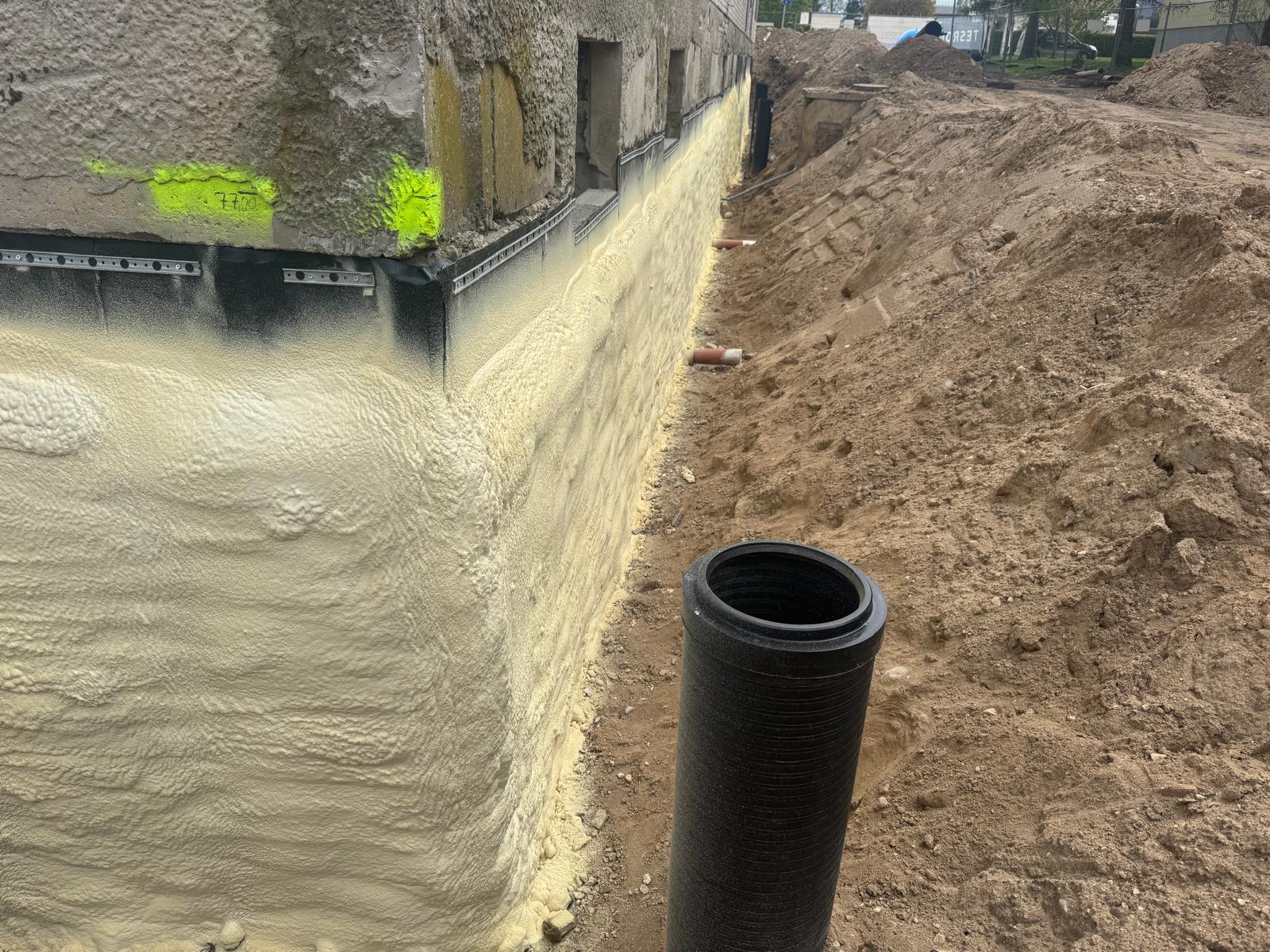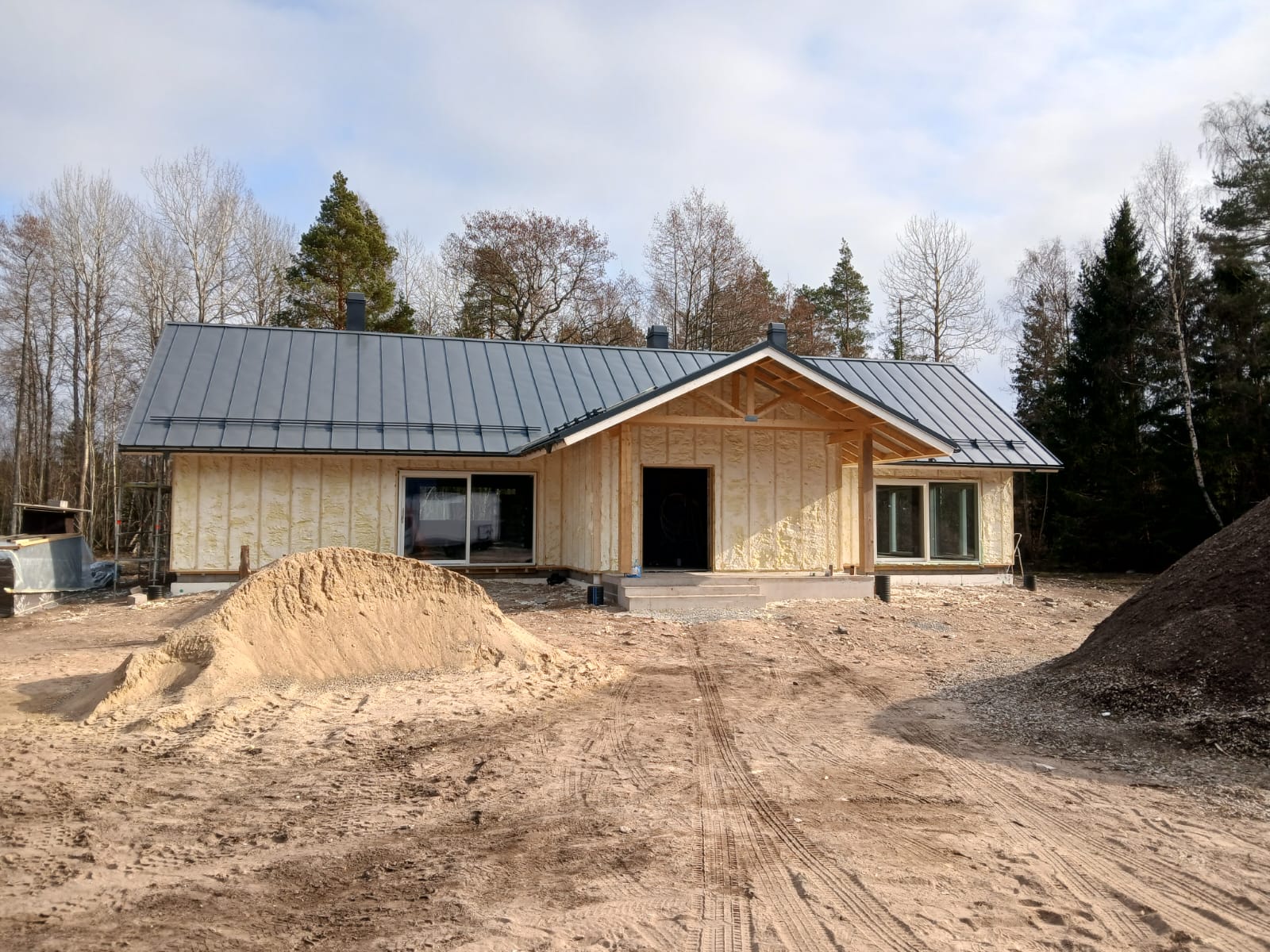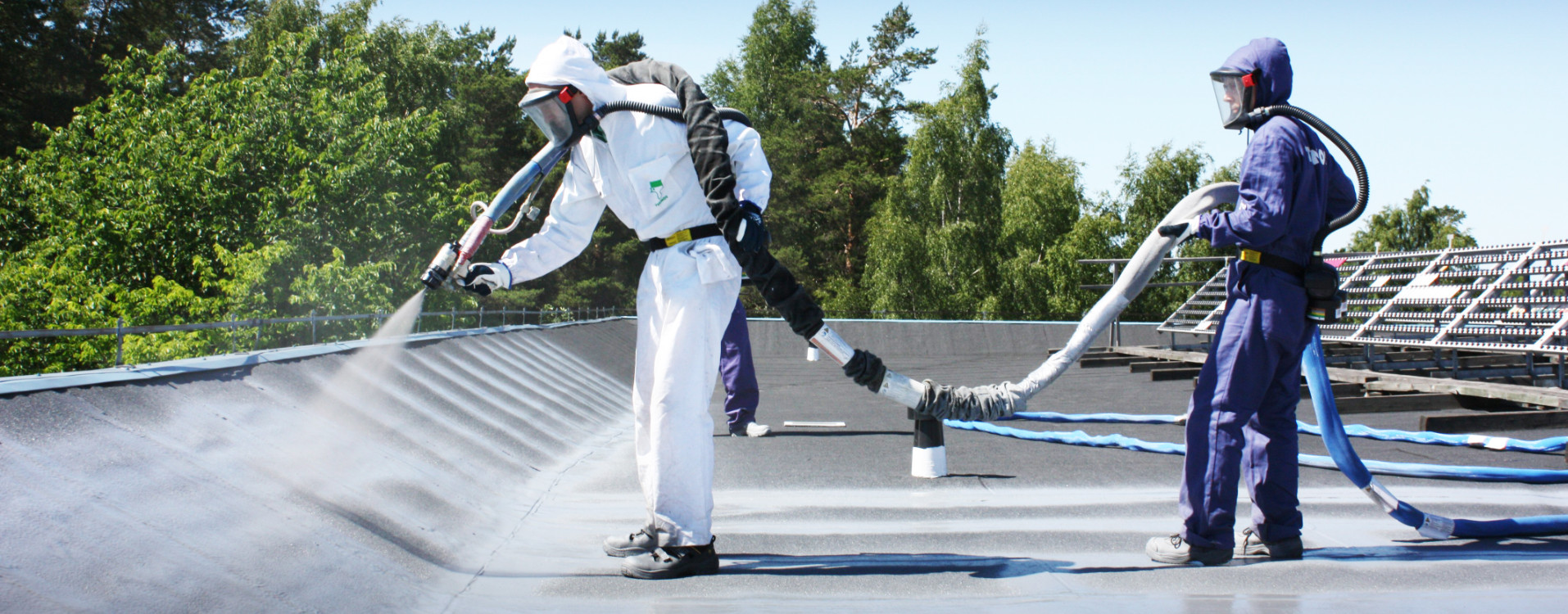In Northern Europe, where harsh winters and rising energy costs often coincide, selecting the right insulation material is one of the most significant decisions you can make for your home. Whether you’re renovating or building new, the insulation you choose affects both indoor comfort and your long-term energy bills, as well as your environmental footprint.

Among the top contenders are polyurethane (PUR) foam and expanded polystyrene (EPS) boards. Both are commonly used throughout the Baltic and Scandinavian regions. In this guide, we’ll compare these two options to help you determine which one is best suited to your needs.
Understanding PUR and EPS Insulation
What Is PUR Foam?
PUR (polyurethane) foam is a closed-cell spray foam insulation material known for its high thermal performance. It expands upon application to fill gaps and seal surfaces seamlessly. PUR foam is commonly used for walls, roofs, and floors where airtightness and moisture control are critical.
What Is EPS Insulation?
EPS (expanded polystyrene) comes in rigid panels or blocks and is made by expanding polystyrene beads. It’s widely used due to its affordability and versatility, especially in under-slab insulation and external wall systems.
Thermal Efficiency and R-Values
When it comes to thermal performance, PUR foam outshines EPS. To understand why, let’s first define R-value.
R-value is a measure of how well a material resists the flow of heat. The higher the R-value, the better the insulation’s ability to retain heat in during winter and keep it out during summer. It’s one of the key metrics used to compare insulation materials.
Closed-cell PUR foam offers an impressive R-value of approximately R-6 to R-7 per inch, whereas EPS typically provides an R-value of around R-4 per inch. This means PUR foam delivers significantly better insulation with a thinner layer.
In practical terms, this makes PUR foam ideal for applications where space is limited, such as attics, foundation walls, and flat roofs. Homes aiming for passive house certification or near-zero energy standards benefit from PUR’s high R-value, as it helps reduce heating and cooling demands substantially.

Air Sealing and Moisture Protection
One of PUR foam’s most significant advantages is its ability to create an airtight barrier. It expands to fill cracks and irregular surfaces, eliminating drafts and thermal bridges. This is particularly important in Nordic homes where energy losses through air leaks can be significant.
EPS boards, while effective as a thermal barrier, are prone to gaps at seams, even when taped or foamed during installation. These gaps can allow cold air or moisture to enter, reducing insulation performance and increasing the risk of mold over time. PUR’s seamless application and closed-cell structure also make it naturally resistant to water infiltration and mold growth. That’s why it’s often chosen for foundations, basements, and other areas prone to moisture.
Installation and Application
EPS insulation is generally easier to install and does not require specialized equipment. It is a popular choice for DIYers and contractors on a budget. However, installing EPS correctly often involves cutting, taping, and sealing each panel meticulously to avoid gaps.

PUR foam, on the other hand, is typically applied by professionals using spray equipment. Although this adds cost and complexity, the result is a continuous, high-performance insulation layer with superior adhesion to substrates like wood, metal, and concrete.
Cost Considerations: Initial vs Long-Term
EPS boards are generally less expensive upfront. However, PUR foam can provide better long-term value due to its higher thermal efficiency, air-sealing capability, and reduced risk of water-related damage.
In essence, PUR might cost more per square meter, but it often pays off through lower heating bills and increased building durability. Think of it as an investment in comfort and sustainability.
Cold Climate Suitability
For homes in Estonia, Finland, Sweden, and Latvia, insulation must endure sub-zero winters and frequent freeze-thaw cycles. Closed-cell PUR foam maintains its integrity and insulation value in extreme conditions, whereas poorly sealed EPS panels may suffer from moisture intrusion and degraded performance over time.
Conclusion: Which One Should You Choose?
If you’re seeking maximum energy efficiency, air-tightness, and moisture protection, especially in cold climates, PUR foam is your best bet. It’s ideal for those who prioritize long-term savings and performance.
EPS, while more affordable and easier to install, is best suited for budget-conscious projects or applications where air sealing and moisture are less of a concern.
Still unsure? At Polimaris, we help homeowners and professionals across the Baltics and Nordics select the right insulation system for their climate, budget, and building design.